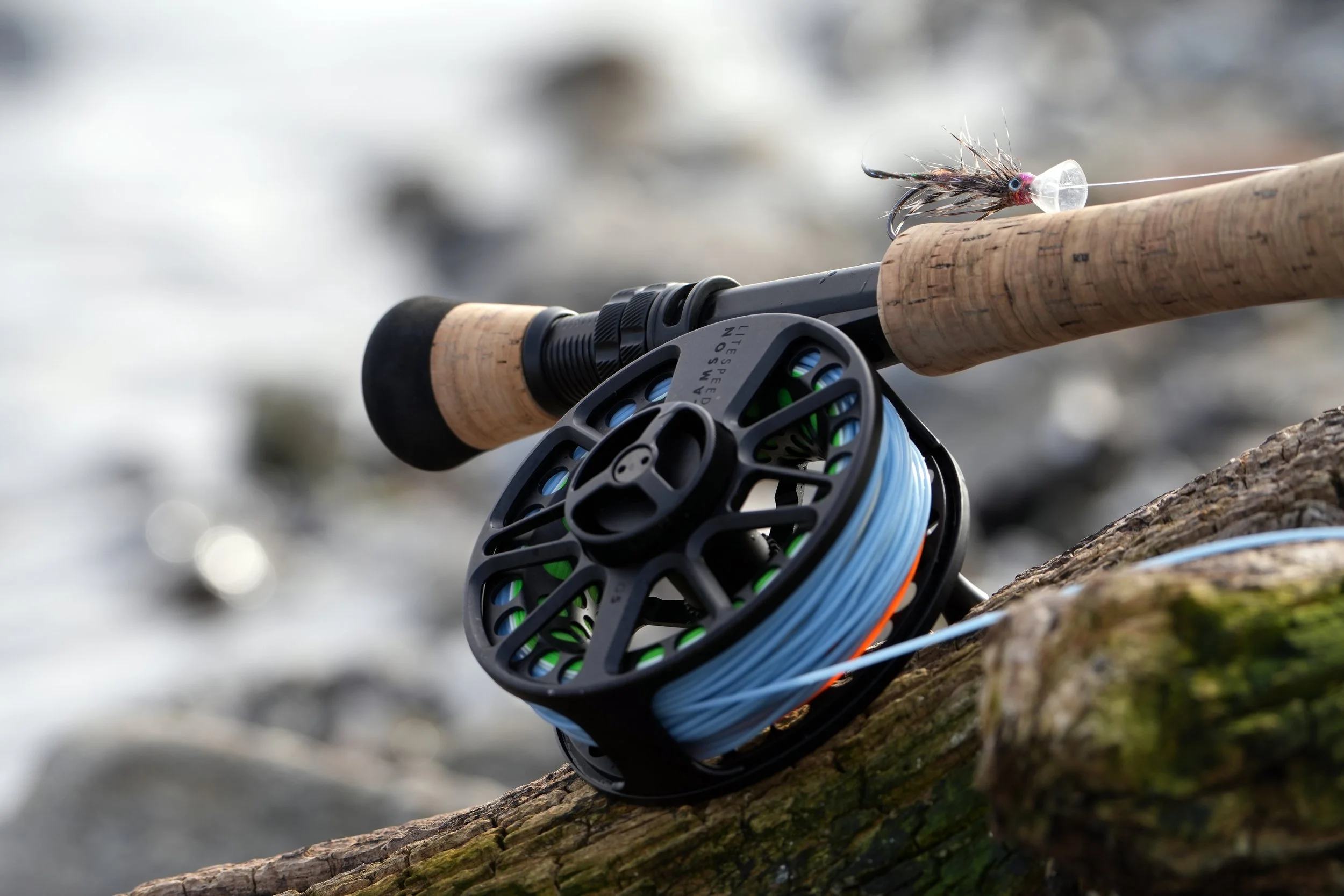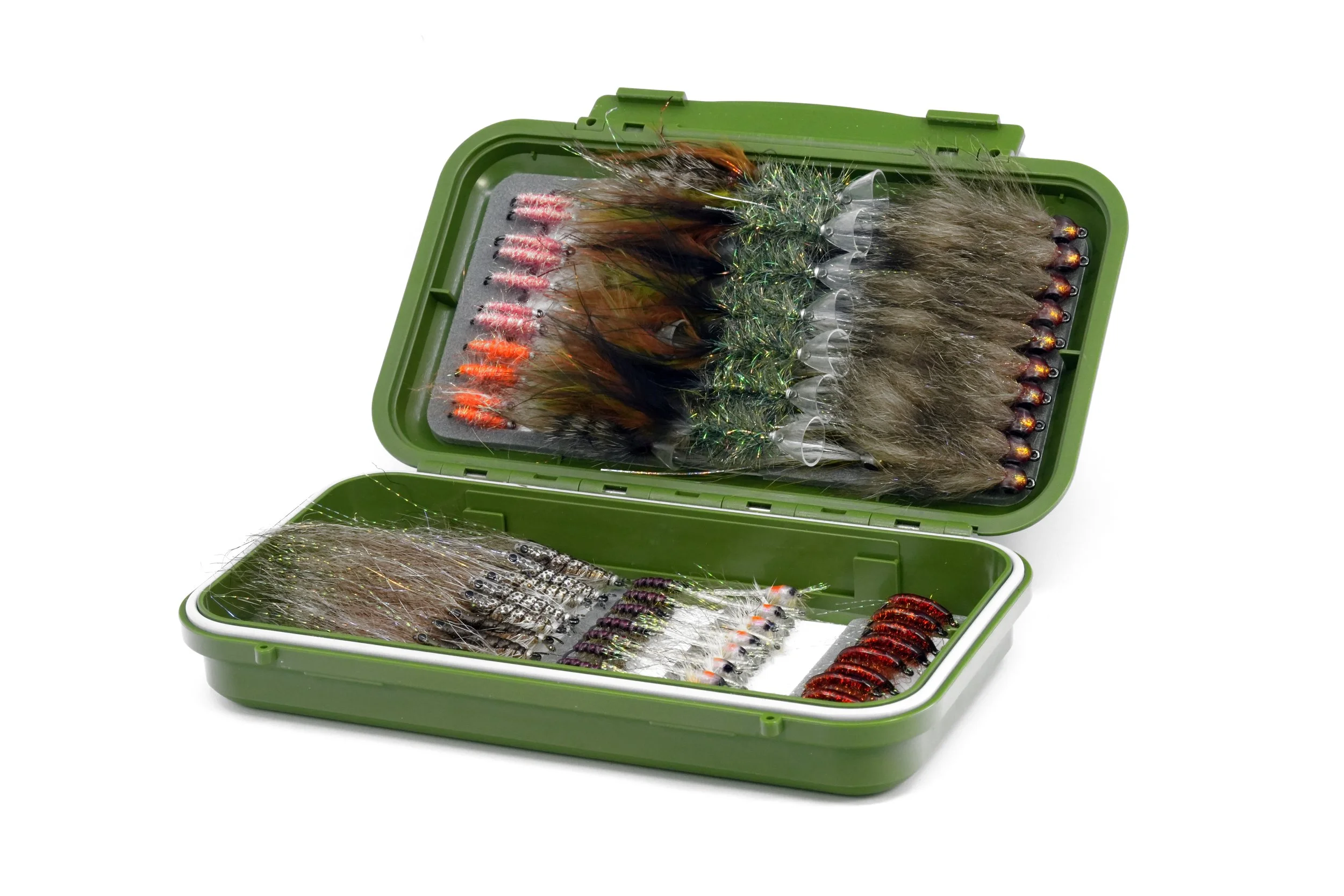Inside Fly Tying Europe: How a Scandinavian Passion Sparked a Continental Movement
With : flytyingeurope
Every now and then, you meet folks in this world who are so dialed into the craft, it feels less like a hobby and more like a calling. That’s exactly what we found when we caught up with the crew behind Fly Tying Europe. These are the kinds of people who grew up around vise and feather, shaped by generations of passion and purpose. What started as a family tradition in a small Scandinavian home has grown into a continental force for creativity, community, and catching fish on your own ties. We sat down with one of the founders to talk shop, dig into their story, and hear why European fly tying is thriving like never before.
How did Fly Tying Europe get started, and what originally sparked your passion for fly fishing and tying flies?
Fly Tying Europe came about in October 2023 as a joint venture between a small group of Scandinavian fly tying enthusiasts, fly tying industry insiders, and In the Loop Magazine-staff. We all have our own backgrounds and stories to tell about how we got into this weird and wonderful world of feathers and fibres, but in my case it was a family matter.
My dad would take my brother and I fishing on a regular basis when we were kids. We were hooked instantly, and we quickly started gravitating towards fly fishing. However, before we got heavily into fly fishing, we started tying our own provisionary flies. And that was when our mother stepped up. She would attend fly tying classes in the evenings to learn basic fly tying techniques and patterns. Then, the next day, she would sit down with my brother and I and teach us how to tie the flies she had just learned to tie herself the night before.
With the most basic of materials, a few books from the local library, and a bit of imagination we started experimenting with our own pattterns for the trout, perch, and pike in our local streams, lakes, and fjords.Then, when we were both old enough to attend our own fly tying classes, we’d learn from some of the great Danish fly tyers like Morten Valeur, Poul Jorgensen, Martin B. Hedegaard, Henrik Leth, Ivar Thordal, Michael Jensen, and others.
It was such a supportive and nurturing environment, and I – like so many others – owe so much to so many wonderful people. As a consequence, it’s with a deep sense of gratitude that I’ve gotten on board with Fly Tying Europe. I’m hoping to give something back and inspire others to tie a fly and catch a fish on it. It’s the first step on a life-long journey saturated with clear intent annd acute meaning.
Fly Tying Europe showcases an impressive variety of patterns—what's your process for choosing which flies to feature or create next?
We’ve been in the business for more than 25 years and have travelled all over Europe as fly fishing journalists and photographers, reps, and product developers so we’ve established a great network and have spent time with the locals that develop fly patterns for local species such as danube salmon, zander, Northern pike, Atlantic salmon, perch, sea-run brown trout, resident brown trout, grayling, softmouth trout, and marble trout (Not to mention all the unique species in the seas). We’ve also been quite active, in recent years, in the fly fishing festival circuit, where we’ve tied flies ourselves – and have hooked up with lots of great and influential show fly tyers.
There is so much going on in the European fly tying circuit, so - when it comes to content - it can be overwhelming to find a place to start. Our aim, however, is to hand-pick and procure content; flies and fly tying techniques that showcase the uniqueness of the European fly fishing scene – its species, habitats, and fly fishing techniques. Most importantly, we keep our eyes and ears open and comb Instagram and Facebook for quality fly tying content. While “spot-burning” is a thing of the past in Europe (it’s a crowded place, remember), sharing fly tying techniques, flies, and tips on how to fish them is something most European fly tyers are very willing to do. It’s a very supportive community!
The European market has its own unique preferences and styles—how does Fly Tying Europe stay ahead of trends and meet the needs of such a diverse audience?
Nowadays, everything happens in real-time. We can’t really stay ahead, but we can showcase what’s going on in the fly tying scene “pro tempore”. So, we try to pick up on new trends as they emerge and help spread the word.
In Europe, there’s a vibrant scene for artistic and realistic fly patterns, but most people still tie flies that are meant for fishing – and not just for quick likes and followers. New European fly patterns typically come about as a response to new fisheries being developed; like we’ve seen with halibut, zander, brackish perch, and seabass, or when new styles of fishing evolve – like with Euro-nymphing, hitching, or stillwater hover fishing.
What fly tying material or product are you most excited about right now, and why should tiers across Europe be paying attention to it?
We’re pretty stoked that Whiting now has a single distribution channel for all of Europe and that the Whiting hackle assortment in Europe has never been better. Feathers are a mainstay in fly tying, and Whiting has more than 2500 products across six different breeds of birds: Whiting, Hebert Miner, American, Brahma, Coc de Leon, and Spey in lots of different natural colour schemes – plus a multitude of different dyed variants. We’re particularly fond of their Coc de Leon, Spey hackles, and Whiting Softhackles with Chickabou – simply because they’re perfect for tying ultra lively shrimp and baitfish imitations for our home turf: The Scandinavian coastal shores, where bright chrome sea-run brown trout roam.
When it comes to fly tying tools, we’re heavily into the new Scissors and Tweezers from Renomed and Loon Outdoor’s Vise Pawns, Easy Cutters, and Wire Cutters.
Also, although they’re not actually brand new, we love the realistic foils (Shrimp Shell, Candy Foils, and Gammarus Shells) for our coastal flies. The results are staggeringly realistic. Using the Candy Foils in combination with Magic Heads from Marc Petitjean, we’ve managed to create some lethal baitfish patterns for sea-run brown trout.
For someone new to fly tying, especially in Europe, what advice would Fly Tying Europe give to help them get started and stay inspired?
Although there is so much amazing content online, we recommend newcomers to fly tying to find a local fishing club to join – one with an active group of members; with fly tying classes, club trips, lectures, and casting lessons.
It’s easy to get blinded by what all the fly tying experts are doing on social media – and the initial investment (both time- and money-wise) can seem overwhelming. In stead, we recommend getting started fly tying in a relaxed atmosphere where the goal is to have fun, learn all the basics, connect, and build new relationships.
Ultimately, of course, the goal is to become a proficient and savvy fly tyer capable of filling fly boxes to the brim with irresistible fish magnets that are hand-picked for just the right conditions and fished with stealth and precision. However, everything starts with one, simple fly that catches your first fish: A perch, roach, or canal pike on a fly rod. At that moment everything will suddenly make complete sense. And that’s when the real journey begins…







